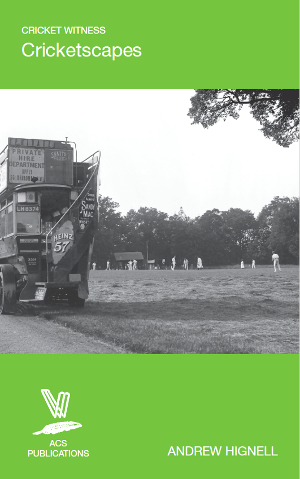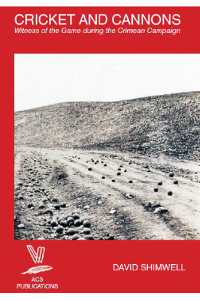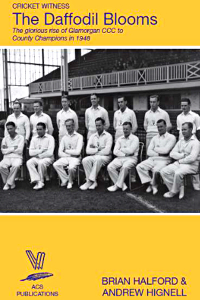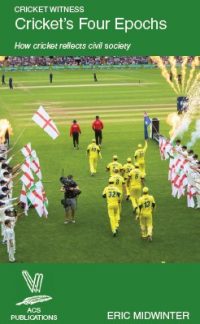Cricketscapes SOLD OUT
£15.00
Written by Andrew Hignell
The introduction of The Hundred will herald a totemic shift of emphasis in men’s and women’s cricket in England and Wales, with professional teams, containing stars from all over the world plus the cream of domestic talent, representing urban-based franchises and not bearing the name of the county in which the city or conurbation is located. Such a shift away from the traditional county name was first attempted by Dr WG Grace with the creation of London County but, in contrast, The Hundred is a bold move by the game’s governing body, and reflects trends in T20 franchises in other countries, where teams bear the names of urban agglomerations rather than the state, province or district.
This fascinating book, the seventh in the Cricket Witness series, looks at the rural roots of the game and analyses how the county unit came into being as the County Championship developed during the late 19th century. It carefully traces the responses by each county team in terms of where they staged their home games, and highlights the variety of cricketscapes which emerged – urban, suburban, rural, coastal and scholastic – as well as how county teams developed headquarter venues. This book also shows how festival venues, away from these headquarters, became both popular and quite expensive as counties flew their flag at popular outgrounds – and how, with the advent of commercial interests, there has been the erosion to these cricketscapes and a contraction in the number of venues as county clubs centralised their operations.
The book concludes by suggesting that the advent of The Hundred, as well as other T20 matches, provides an opportunity for county clubs to revisit outgrounds and to take the game, which began in meadowlands, back to its roots and prevent the urban cricketscape from becoming the global norm.
Out of stock





